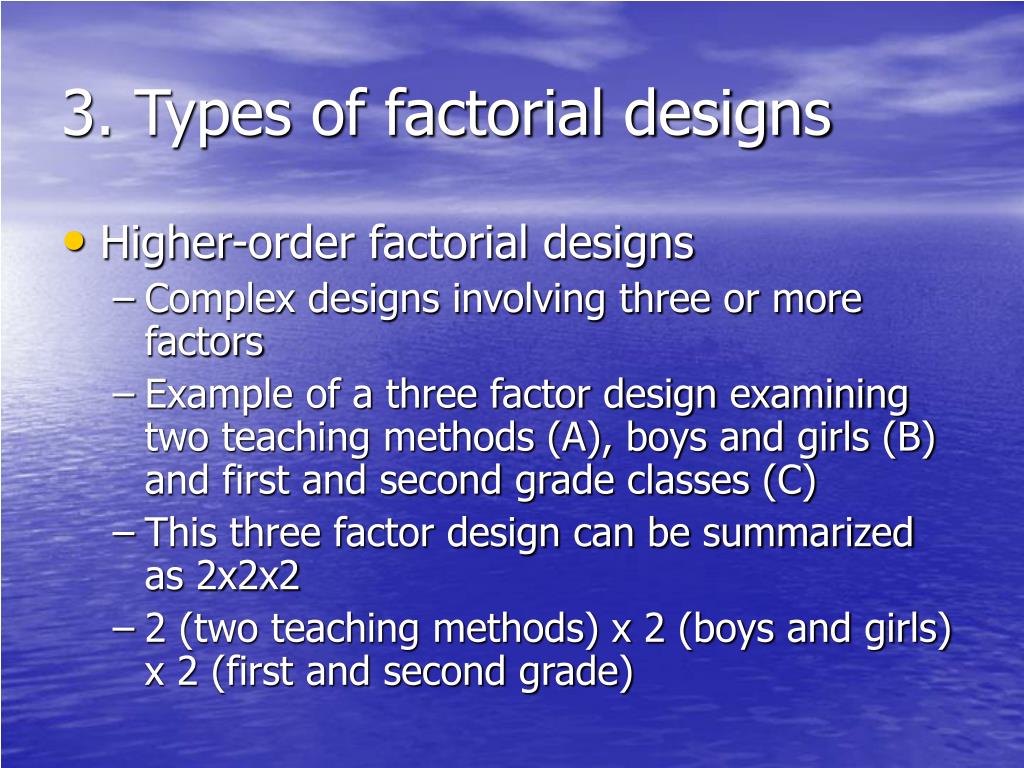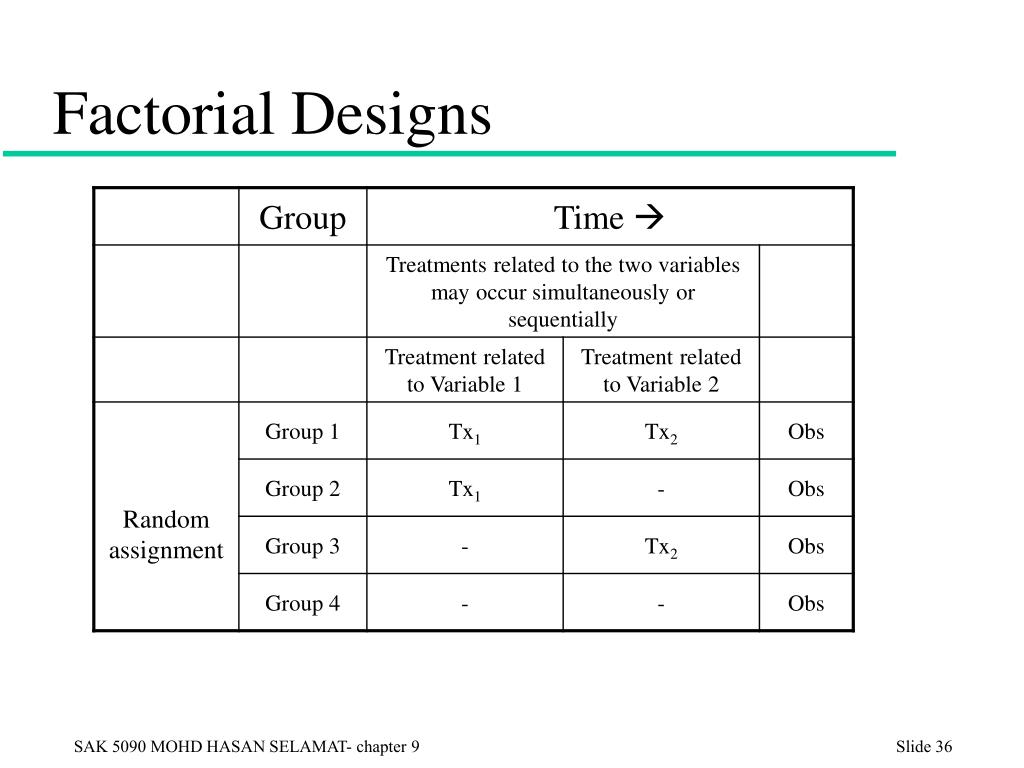Table Of Content

Thus, it is important to recognize that such effects do not really constitute experimental artifacts, but rather presage the costs of complex treatments as used in real world application, presumably something worth knowing. In an RCT an “active” treatment arm or condition is statistically contrasted with a “control” treatment arm or condition (Friedman, Furberg, & Demets, 2010). The two conditions should be identical except that the control condition lacks one or more ICs or features that are provided to the active condition. The random assignment of participants to the treatment arms means that the two groups of assigned participants should differ systematically only with regard to exposure to those features that are intentionally withheld from the controls.
Adaptive Optimization of Chemical Reactions with Minimal Experimental Information - ScienceDirect.com
Adaptive Optimization of Chemical Reactions with Minimal Experimental Information.
Posted: Wed, 18 Nov 2020 08:00:00 GMT [source]
Implementing Clinical Research Using Factorial Designs: A Primer

In smoking cessation research a common RCT design is one in which participants are randomly assigned to either an active pharmacotherapy or to placebo, with both groups also receiving the same counseling intervention. There are a few other methods, such as fractional factorial designs, to reduce this, but they are not always statistically valid. This lies firmly in the realm of advanced statistics and is a long, complicated and arduous undertaking. Rather than the traditional experiment, the researchers could use a factorial design and co-ordinate the additive trial with different stocking densities, perhaps choosing four groups.
How is this related to Factorial Designs?
This could be because being in a happy or sad mood has no effect on memories for childhood events. But it could also be that the music was ineffective at putting participants in happy or sad moods. A manipulation check, in this case, a measure of participants’ moods, would help resolve this uncertainty.
& 4. Measure Performance to Find an Effect
Unequal Cell Sizes Do Matter - The University of Vermont
Unequal Cell Sizes Do Matter.
Posted: Mon, 02 Jan 2006 08:00:00 GMT [source]
This should be the goal whenever possible because then you have fewer parameters to estimate, and a simpler structure to represent the underlying scientific process. Note that this is not a new level to our Distraction IV, but a whole new IV. In one condition, people will get $5 for every difference they find (so they could leave the study with lots of money if they find lots of differences).
Modifying DOE Table
These independent variables are good examples of variables that are truly independent from one another. For example, shoes with a 1 inch sole will always add 1 inch to a person’s height. This will be true no matter whether they wear a hat or not, and no matter how tall the hat is. In other words, the effect of wearing a shoe does not depend on wearing a hat.
3.2. Main effects¶
And, we can test the hypothesis that the interaction effects are all equal to zero. The alternative hypotheses are that at least one of those effects is not equal to zero. Now, we'll take a look at the strategy for deciding whether our model fits, whether the assumptions are satisfied and then decide whether we can go forward with an interaction model or an additive model. When you can eliminate the interactions because they are not significantly different from zero, then you can use the simpler additive model.

3. Factorial designs: Round 2¶
In the 2 × 3 example, for instance, the pattern of the A column follows the pattern of the levels of factor A, indicated by the first component of each cell. A contrast in cell means is a linear combination of cell means in which the coefficients sum to 0. Contrasts are of interest in themselves, and are the building blocks by which main effects and interactions are defined. The researchers then decided to look at three levels of sleep (4 hours, 6 hours, and 8 hours) and only two levels of caffeine consumption (2 cups versus no coffee). By doing this, psychologists can see if changing the independent variable results in some type of change in the dependent variable. The effect of one independent variable can depend on the level of the other in several different ways.
Understanding Variable Effects in Factorial Designs
The pretend experiment will measure hangriness (we ask people how hangry they are on a scale from 1-10, with 10 being most hangry, and 0 being not hangry at all). The first independent variable will be time since last meal (1 hour vs. 5 hours), and the second independent variable will be how tired someone is (not tired vs very tired). I imagine the data could look something the following bar graph.
Whether to Use an RCT or a Factorial Design
Another example is a study by Halle Brown and colleagues in which participants were exposed to several words that they were later asked to recall [BKD+99]. Some were negative, health-related words (e.g., tumor, coronary), and others were not health related (e.g., election, geometry). The non-manipulated independent variable was whether participants were high or low in hypochondriasis (excessive concern with ordinary bodily symptoms). Results from this study suggested that participants high in hypochondriasis were better than those low in hypochondriasis at recalling the health-related words, but that they were no better at recalling the non-health-related words.
To have a total of 3 trials of each, the user should add 2 replicates in this menu. If 4 replicates are added, there will be a total of 5 trials of each. Typically, if the same experimentation will occur for 3 lab periods, 2 replicates will be added. Once the design has been chosen, the "Factors...", "Options..." and "Results..." buttons become active in the "Create Factorial Designs" option menu. After the number of factors is chosen, click on the "Designs..." option to see the following menu. Onwards, the minus (−) and plus (+) signs will indicate whether the factor is run at a low or high level, respectively.
Suppose that you are looking to study the effects of hours slept (A), hours spent with significant other (B), and hours spent studying (C) on a students exam scores. You are given the following table that relates the combination of these factors and the students scores over the course of a semester. Use the Yates method in order to determine the effect each variable on the students performance in the course. The Pareto charts show which factors have statistically significant effects on the responses. As seen in the above plots, RPM has significant effects for both responses and pressure has a statistically significant effect on wt% methanol in biodiesel. Neither flow rate or ratio have statistically significant effects on either response.

No comments:
Post a Comment